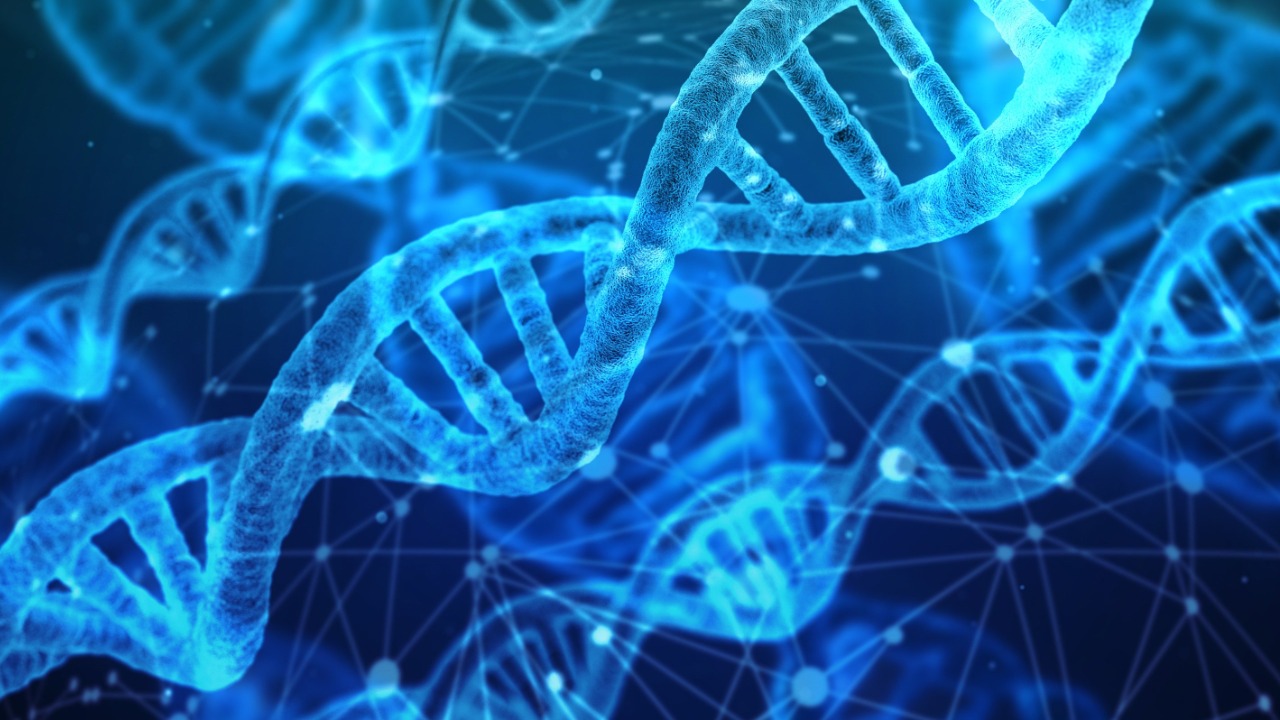
On a day that will be marked in the annals of medical history, November 6, 2025, a team of scientists unveiled a hidden genetic flaw that gradually saps muscle strength. This subtle mutation, which disrupts essential cellular processes, could be the key to understanding unexplained cases of progressive weakness in otherwise healthy individuals. The discovery not only sheds light on the intricacies of neuromuscular disorders but also paves the way for targeted diagnostics and therapies.
The Nature of the Genetic Flaw
The mutation identified by the scientists operates insidiously, disrupting protein synthesis in muscle cells. This disruption leads to a cumulative loss of strength, often without any early symptoms. The flaw’s stealthy nature lies in its recessive inheritance pattern, which allows it to evade standard genetic screening until symptoms manifest in mid-life. This revelation, made on November 6, 2025, has profound implications for understanding slow-onset myopathy, a condition characterized by progressive muscle weakness. More details about this discovery can be found here.
Research Methods Behind the Discovery
The breakthrough was achieved using advanced genomic sequencing techniques, including whole-exome analysis on affected families. This allowed the researchers to pinpoint the variant responsible for the strength loss. The discovery was the result of a collaborative effort involving international labs, which utilized bioinformatics tools to model the long-term impact of the flaw on muscle fibers. Ethical considerations were also paramount during the research, with informed consent obtained for long-term studies tracking strength decline.
Impact on Muscle Strength and Daily Life
The clinical symptoms of this genetic flaw are subtle yet insidious. They begin with fatigue during routine activities and progress to mobility challenges over decades. Patient case studies have shown that carriers of the flaw can experience a 20-30% reduction in strength by the age of 50. One of the major challenges in diagnosing this condition is its resemblance to natural aging rather than an acute disease, which often results in delayed intervention.
Potential Causes and Risk Factors
Genetic predispositions, such as compound heterozygosity where two mild variants combine, can trigger the flaw’s effects. Environmental triggers, like oxidative stress from lifestyle factors, may also accelerate the mutation’s expression. According to the study published on November 6, 2025, it is estimated that 1 in 5,000 adults unknowingly carry the variant. The full study can be accessed here.
Implications for Diagnosis and Screening
The discovery of this genetic flaw could revolutionize the way we approach diagnosis and screening. It is proposed that the flaw be integrated into routine genetic panels for at-risk populations, such as those with family histories of unexplained weakness. Emerging biomarkers, like elevated serum levels of affected proteins, could provide a non-invasive method for early detection. However, accessibility issues, including cost barriers, need to be addressed for widespread screening programs post-discovery.
Future Therapies and Research Directions
The discovery of this genetic flaw has opened up new avenues for therapy and research. Gene-editing approaches, such as CRISPR-based corrections, could potentially halt the flaw’s progression in preclinical models. Pharmacological targets that stabilize muscle protein degradation linked to the mutation are also being reviewed. Ongoing trials announced around November 6, 2025, aim for personalized interventions within five years. More information about these trials can be found here.
Broader Societal and Scientific Context
This finding has significant implications for both society and the scientific community. It reframes neuromuscular research, shifting the focus from inflammatory causes to subtle genetic erosion. On the societal front, public health responses are needed, including awareness campaigns to educate the public about subtle strength loss as a potential genetic red flag. Ethical debates on genetic counseling are also crucial, ensuring carriers receive support without stigma for this slowly manifesting condition.
More from MorningOverview